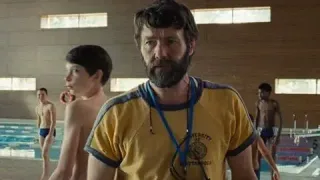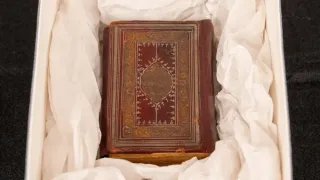February 18, 2016
PRO 140 Could Help Those With Uncontrolled Viral Loads
EDGE null READ TIME: 2 MIN.
Last month, CytoDyn Inc. filed a request with the FDA for Breakthrough Therapy Designation to use PRO 140 as a treatment for HIV Infection in Treatment-Experienced Patients with Virologic Failure. The Company believes this request addresses the unmet need for novel therapies for the growing number of heavily treatment-experienced HIV patients who face a dwindling pool of effective therapeutic options in the face of uncontrolled viral load and low CD4+ T-cell counts.
"Our monotherapy trial and its extension arm, along with prior studies of PRO 140 in HIV patients with detectable and none detectable viral load demonstrates that PRO 140 can reduce the viral load by as much as 1.6 log in three weeks," said Dr. Nader Pourhassan, CytoDyn's President and CEO. "Once the viral load is undetectable, PRO 140 can keep the viral load suppressed, as evidenced in our ongoing extension study. We believe that if this Breakthrough Therapy Designation request is accepted, it will accelerate the process of bringing PRO 140 as a treatment option for patients who have no other alternatives."
While the standard of care for HIV infection has been the combination of medications from different antiretroviral (ART) classes that interfere with different steps of the viral lifecycle, there is now a significant number of long-term survivors who are facing issues of drug resistance and are in need of new treatment options.
Three clinical trials form the basis for this Breakthrough Therapy Designation request:
Study 1: Clinical study "PRO 140 2101" was a Phase 2a, randomized, double-blind, placebo-controlled study of PRO 140 by subcutaneous administration in adult subjects with HIV Type-1 infection. These patients had viral loads detectable at about 10,000 copies per mL on average.
Study 2: PRO 140 CD01 trial was designed to evaluate the efficacy, safety, and tolerability of PRO 140 monotherapy for the maintenance of viral suppression in patients who were stable on combination ART therapy in 40 subjects. Subjects were shifted from daily ART regimen to PRO 140 monotherapy for up to 12 weeks. Those subjects who were able to maintain viral suppression were allowed to continue PRO 140 monotherapy for an additional 60 weeks under the extension study.
Study 3: Subjects who completed the first 12 weeks of PRO 140 monotherapy in the PRO 140 CD 01 substitution study were provided an opportunity to participate in the extension study. A total of 15 subjects participated in the PRO 140 CD 01-extension study, of which 11 subjects are currently ongoing, and have completed more than one year (56-67 weeks) on PRO 140 monotherapy.
Altogether, the three clinical studies demonstrate the proof of concept that PRO 140 monotherapy can reduce the viral load in HIV-1 infected, treatment-experienced patients. Once the viral load is undetectable, weekly administration of PRO 140 can help maintain the lower viral load in about 50 percent of patients over an extended period of time (currently shown to be over one year).
Based on these preliminary results, the Company believes this treatment option addresses the unmet medical need for therapy options for HIV-1 infected patients with uncontrolled viral load, despite conventional ART. The patients who do not benefit from continuing ART could potentially benefit from PRO 140 therapy. �
For more information, visit www.cytodyn.com






